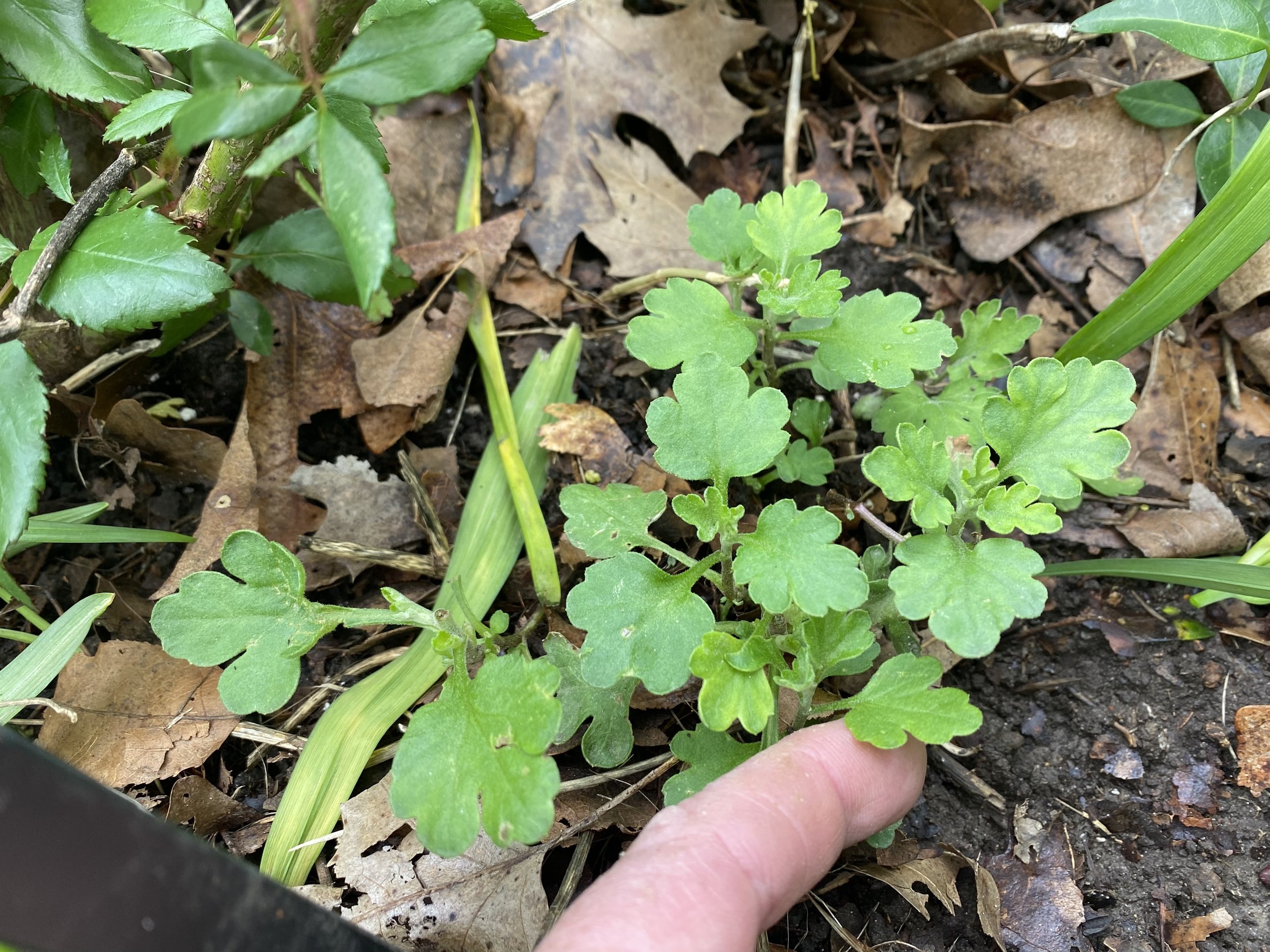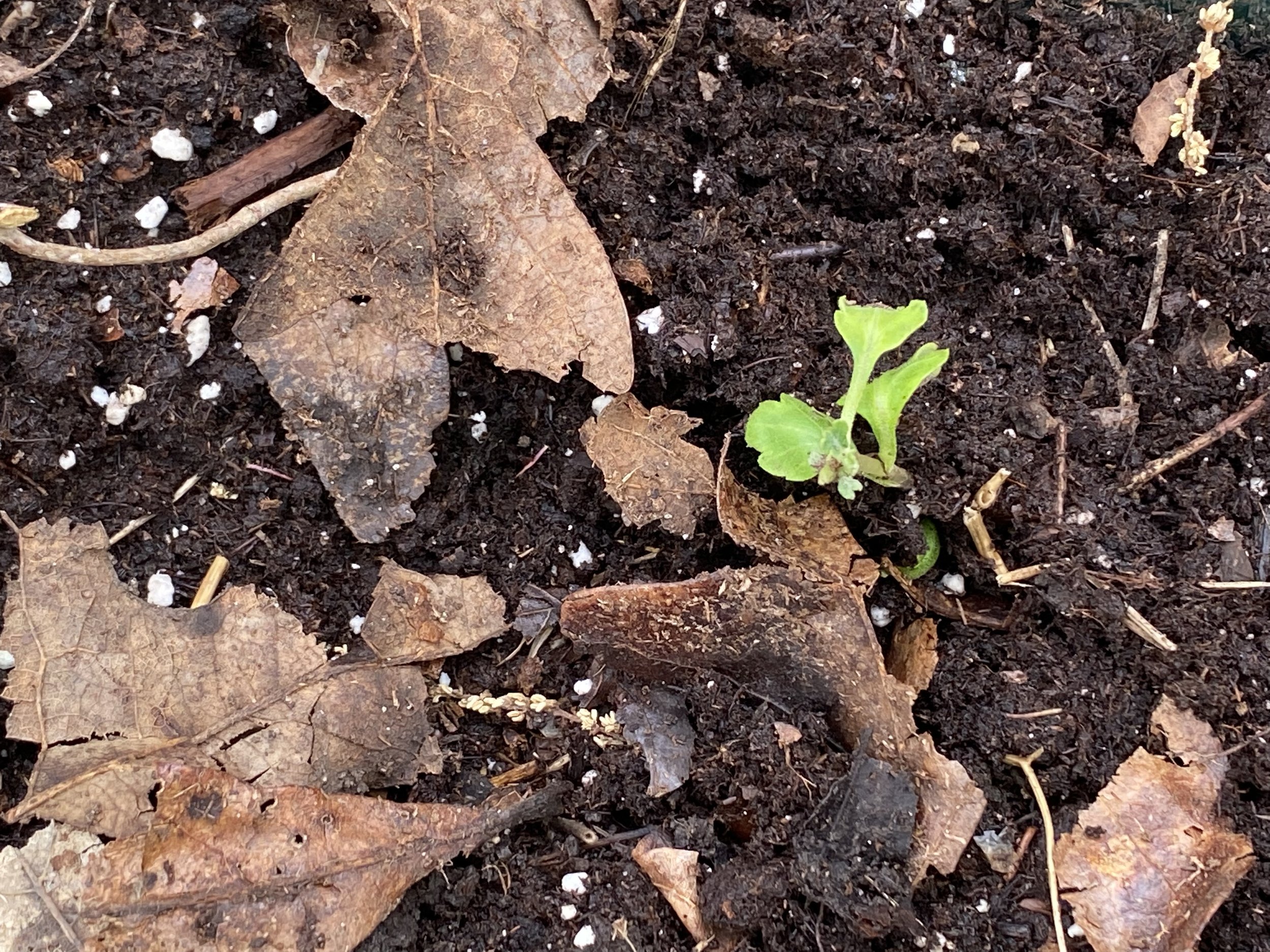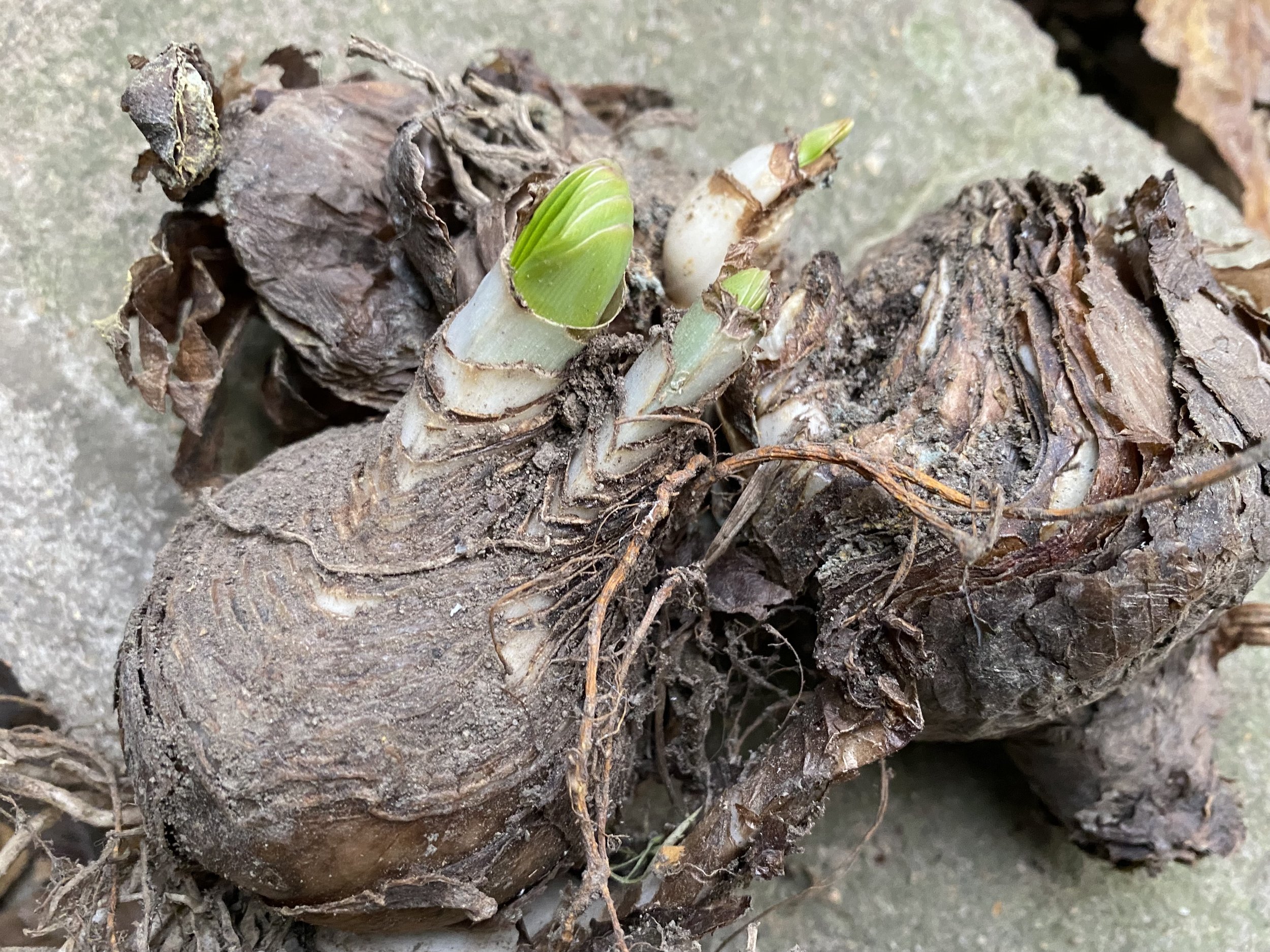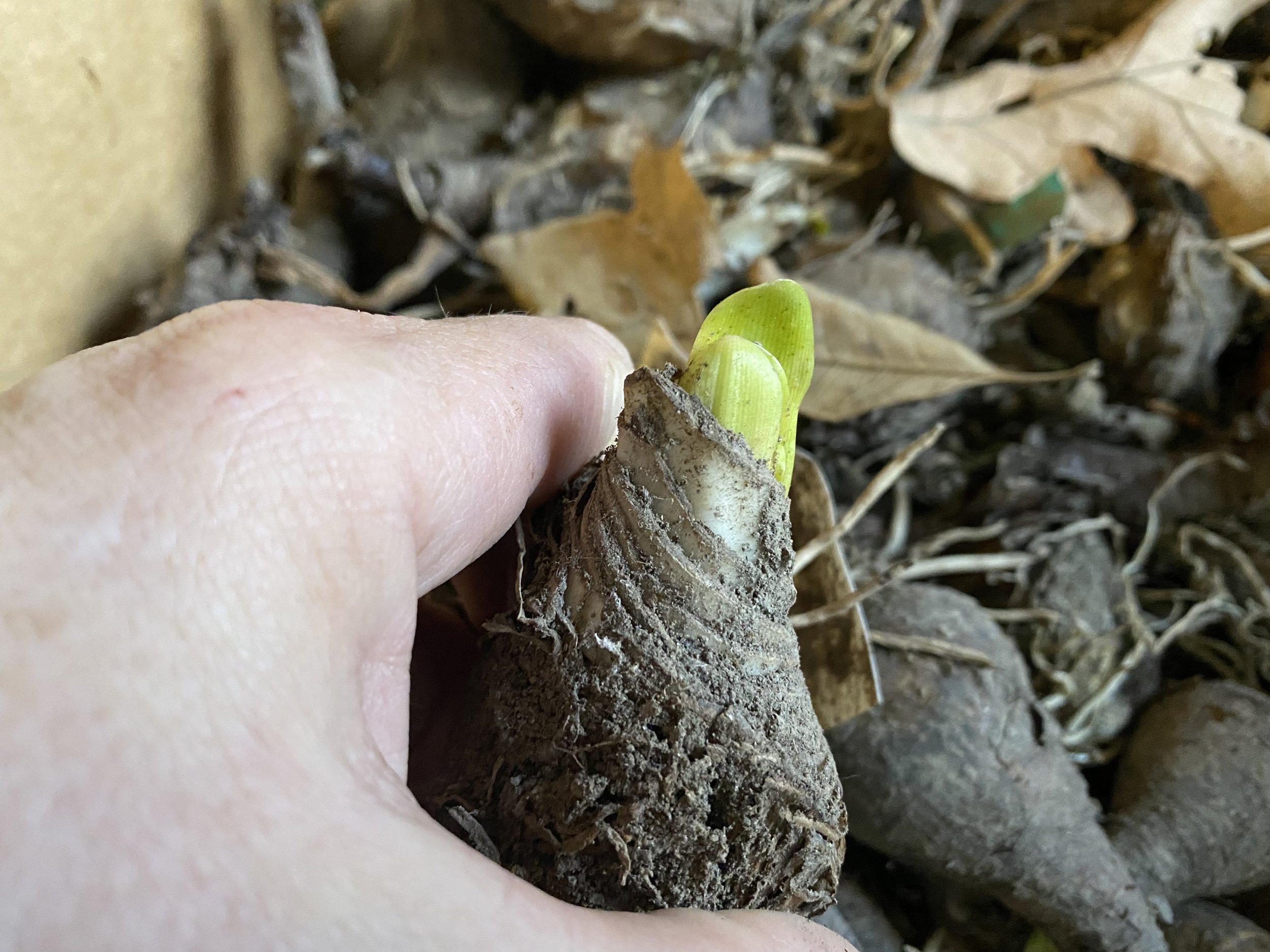Is My Dogwood Dead?
/this redbud tree died a couple of years ago. I left it in place and sure enough, new growth is starting. (charlotte ekker wiggins photo)
“Charlotte, you seem like a sympathetic and knowledgeable master gardener. I don’t dare share this with my ***master gardener group…..I’ve planted flowering dogwoods for three years straight and none of them took. I love those trees. Any tips on how to help them survive?”
(Name withheld at request of submitter)
Is My Dogwood Dead?
We see a lot of growth taking place and assume that whatever looks dead on top is dead all of the way through. We also tend to jump on immediately removing what appears dead.
Here’s the good news.
Depending on your growing conditions, your flowering dogwoods may just be taking their time to get their roots established. Plants will focus first on root development above all else and for good reason. They need a good foundation before they grow.
Keep the roots watered and mulched without touching the tree trunk and wait.
I have a dogwood I named Theodore who remained 3-feet tall for 20+ years. Then I noticed he was 4 feet tall, then six feet, and now he’s a standard-looking understory tree but he sure took his time!
Look at The Base
It’s easy to focus on the visible top of the trees but step back and look at the base. Plants in general take the first years to root, then focus on “the shoot” or the stem growth; then they “fruit” or provide flowers, fruits and seeds.
I have several tree tops that are dead. I didn’t remove them and kept them watered, watching around the tree base. If I start to see new growth, I will let the new greenery grow, tie it to the old dead trunk and prune that new growth to encourage the shooting in the direction I want.
It makes more sense to me to leave the established root structure than to pull all of that out and try to plant something new.
If you still have the dogwood trees in the ground, mark their location with a pole and monitor for any growth. If there is one thing my garden repeatedly teaches me, it is patience!



















